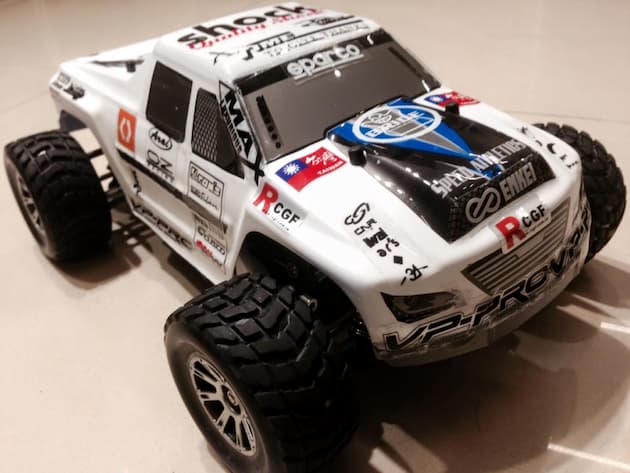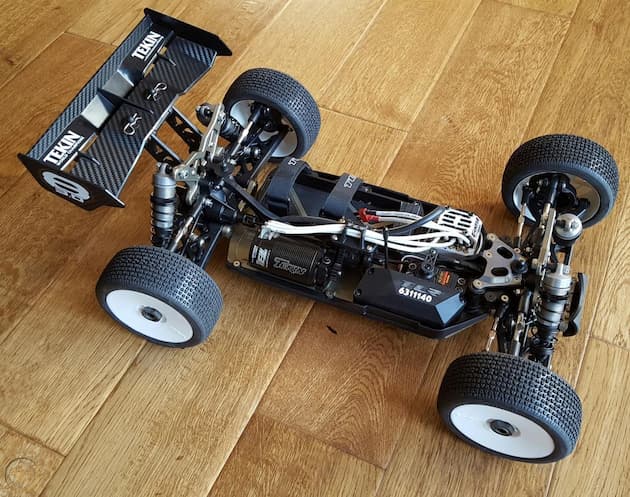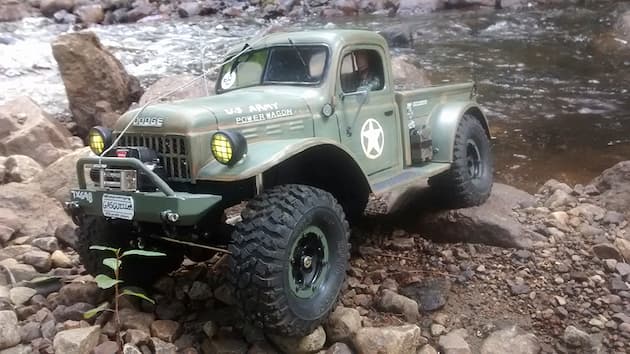Beginner in the RC Hobby? Explore the Basics!
When it comes to hobbies, few can compare with RC because of how much fun it provides for people of all generations. In fact, it’s exactly this property that makes it useful for connecting people, be it in a family, a group of friends, or even making new friends by joining clubs and competitions.
Another aspect to it that makes it so popular is its versatility considering there are different types of vehicles one can come across at a well-stocked online model shop. Now, when you’re a beginner in the RC world, this very aspect is both exciting and confusing at the same time since there are so many options to choose from. To help make your shopping experience hassle-free, I’m going to share some of the basics you should look into when deciding to welcome the hobby in your life.
RTR vs. Kit
Regardless of what you opt for, could be a conventional or rock crawling RC car, a monster truck or any other type of vehicle, your main choice comes down to vehicles that are RTR (Ready to Run) or those you get to build yourself. Depending on your interest, specifically whether you have the patience to first assemble all the pieces before you get to ride them, or you can’t wait to start right away, you can rest assured there’d be plenty of models to choose from.
RTR

While in the past it was kits that were the trend, as of recent years it’s quite the contrary. Not surprisingly, the hobbies shop you’d get to purchase from would provide you with a variety of models. This includes those that come equipped with transmitter batteries, and those you’d get to power up yourself, and even those that require you to do minimal assembly in the likes of slipping the wheels onto the axles.
For beginners who aren’t sure yet how far they’d progress with the hobby, the ideal choice is the design that’s got the basic running gear as it’s the most affordable. As you get more skilled and knowledgeable of the hobby, you can get into upgrading gears later on, or choose a more expensive RTR with top-notch gear right away.
Kit

Opposite of the aforementioned option, the kit as you might guess comes in a box full of RC vehicle parts you’d have to assemble yourself. Sure, this doesn’t allow you to try out the vehicle right away, but as you work on the design, you have the opportunity to learn more about it. It’s the perfect way to expand your knowledge about the RC world.
Based on how complex you want the kit to be, there are vehicles that come with the turnbuckles and shocks already put together, and those you have to join yourself. In case you’re up for going even more complex, such as completing the electronic components too, you might like the Tamiya kits you’d easily find at the reliable online model shop. To be able to properly attach all of the pieces, along with the kit, you’d have to purchase the needed tools as well.
The Power
Again, this comes down to your personal taste, particularly whether you’re old school or wouldn’t mind a more modern design. The pick for the first is nitro-powered RC vehicles, whereas for the latter it’s electro-powered. Moreover, you’d also have to consider some of their properties to make a final decision.

This includes giving a thought to the smell, sound, and maintenance of the two. For instance, nitro two-stroke glow engines give you the full internal combustion power experience, as they’re noisy and smelly, which isn’t the case with the quiet and clean electric alternative. And then there’s the maintenance chore.
Now, having this particular aspect in mind, a beginner might find it rather demanding to set the correct carburettor settings, while also remembering to regularly add fresh fuel and do maintenance to keep the engines going. Sure, the online model shop would provide you with the required manuals to get you informed of the proper steps to keep things safe, however if you think this is too much work for a start, you might just pick the electric.
Not only are they easily operated, but they’re also easy to charge too – all you have to do is mind the battery power, plug them to the suitable charger, and plug them into the vehicle once charged. Taking their sound into account, they’re perfect for hobbyists who live in apartments or neighbourhoods where noise might be an issue.
As far as the batteries go, cheaper options are the nickel based type, most often NiMH, and what’s great about them is they’re very low maintenance. However, if you’re up for something more powerful, with more run time, there’s the lithium-based LiPo – be aware though that these require your TLC for safe use.
In terms of chargers, if you don’t want to end up buying extra parts, steer away from DC only varieties, and stick to the AC/DC that’s meant to charge your specific type of batteries. As you delve deeper into the hobby, you might want to buy a high-level model for batteries of different chemistries.